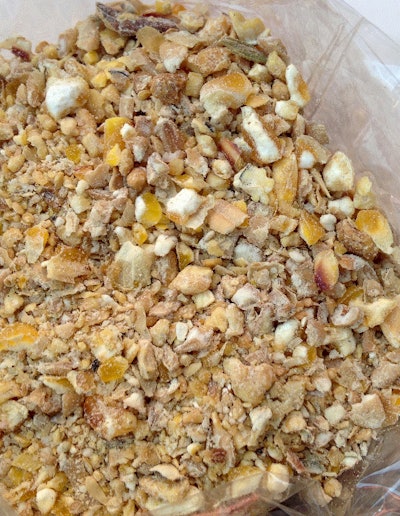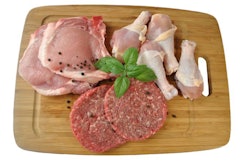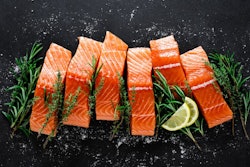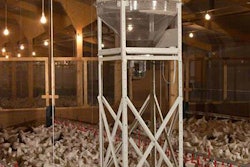
Prices for organic animal feed remain tepid despite poor weather as growth in demand slows
For the past several years, the organic feed sector has remained largely insulated from the stagnant demand and extreme weather that have rocked conventional commodities. But this year has been different.
According to the latest report from organics sector trading firm Mercaris, nearly half of the nation’s organic corn remains unharvested due to cold, wet fall weather. With the forecast calling for more of the same in the last week of November, harvest could drag out well into December, which could have significant implications for the quality of any corn or soybeans still in the field, according to Ryan Koory, director of economics at Mercaris.
Prices for conventional corn and soybeans have remained low due to international pressures such as African swine fever and the U.S.-China trade war. Organic commodities, which don’t rely as heavily on international exports, are free from those same struggles, Koory said. But “oddly enough, we haven’t seen much lift in prices, when, especially looking back into spring, we expected some lift.”
Koory attributed the tepid market to slowing demand for organic feed. For the past several years, he said, organic feed has enjoyed double-digit growth in demand. While demand for organic dairy has stagnated in the face of the growing popularity of non-dairy alternatives like almond milk, organic poultry has remained “a stalwart,” he said. But growth in the poultry sector unexpectedly slowed this year.
The organic side of the industry doesn’t enjoy the same access to data as conventional commodities, so it’s difficult to say what’s driving the decline, Koory said.
“I haven’t heard anything from that industry that would suggest they’re seeing a slowdown,” he said. Large players in the conventional poultry market, he said, continue to buy into organic operations.
Another factor in play, Koory said, is that organic livestock producers are carrying over surplus feed supplies into 2020. In the past, he said, industry analysts have considered the amount of organic grain in storage to be a negligible factor in the industry, due to limited supplies. But this year, many producers have purchased extra feed to store for longer periods of time, possibly as a hedge against rising prices.
“There’s a lot of risk in making buying decisions at the moment,” Koory said. “A lot of people have already purchased their needs, which doesn’t add a lot of incentive to go out and try to bid up grain prices.”











